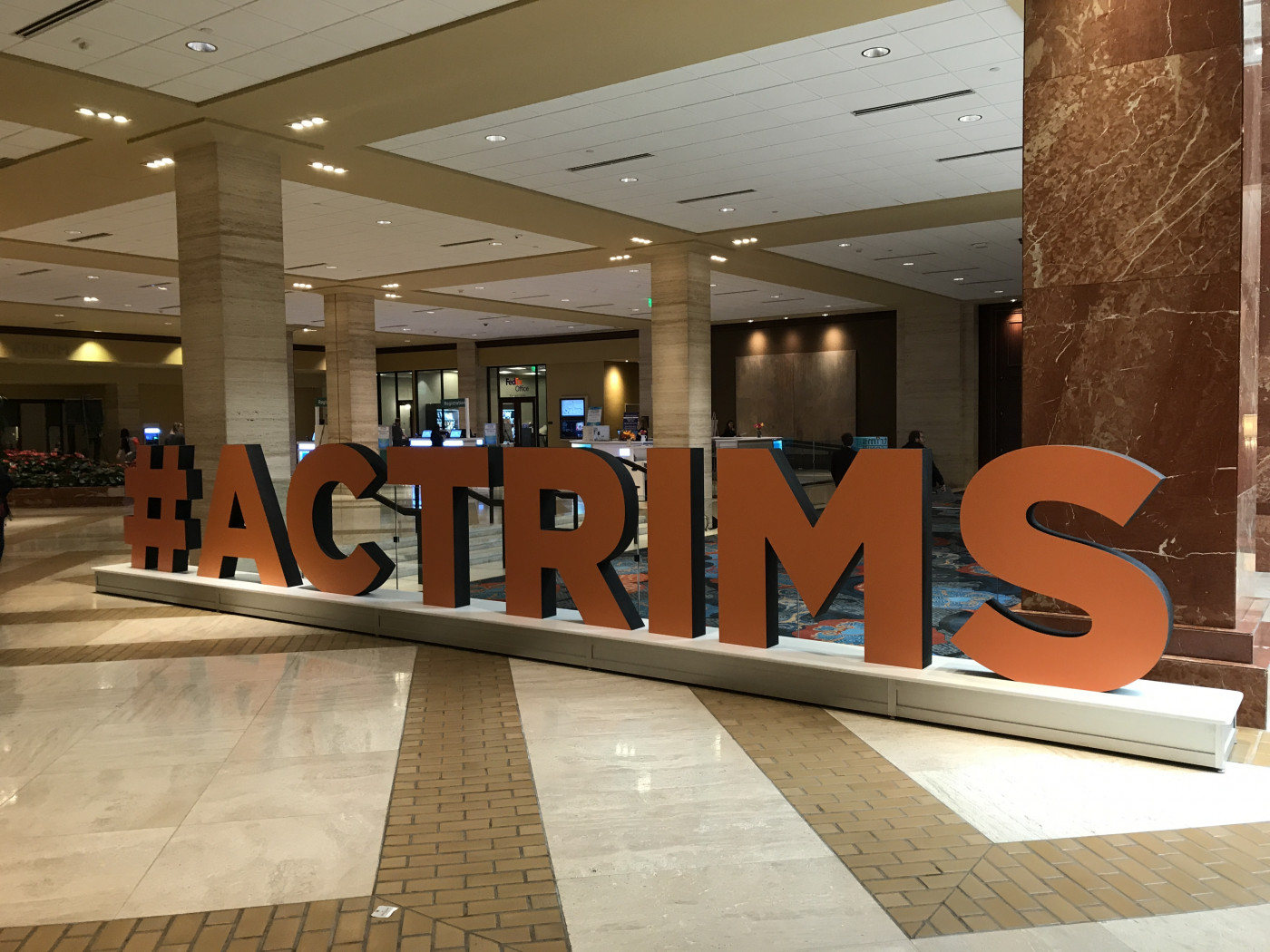#ACTRIMS2019 – Forum Leaders Discuss: ‘Will There Be a Cure for MS?’
Written by |

It is a question that multiple sclerosis (MS) patients, loved ones, and the larger community have asked for some time: “Will there be a cure for multiple sclerosis?”
MS News Today had the opportunity to ask that question of leaders at the Americas Committee for Treatment and Research in Multiple Sclerosis (ACTRIMS) kick-off press conference of the fourth annual forum on Feb. 28 in Dallas, Texas.
Forum committee co-chairs Tanuja Chitnis, MD, and Alexandre Prat, MD, PhD, were present, as was Jack Antel, MD, the outgoing ACTRIMS president.
“There’s are a number of different ways that one can define a cure,” Chitnis noted. “It could be through controlling disease activity, it could be through preventing disease, or could be through actually repairing disease. Those are all missions of the National MS Society.”
According to her, the research/medical field for MS is close to being able to control disease and prevent disease activity, “especially if treatments are used very cognizant and carefully.”
Regarding prevention of the disease, Chitnis noted that several risk factors have been identified so far, and that many of them were found “in early and pediatric-onset MS work, in which we see the disease at its earliest onset.”
“I think for the next generation, we are hopefully going to be able to advise patients and young people about those risk factors,” she said. “I would love to see pediatric clinic measurements of vitamin D levels and other factors that we think are associated with risk.”
Discuss the latest research in the MS News Today forums!
Pediatric studies are quite relevant, and they have shown that early treatment, particularly focused on treating inflammation in early disease stages, “is important and seems to lead to better long-term outcomes,” Chitnis said, suggesting that early treatment is key in the search for a potential cure for MS.
Prat agreed with Chitnis, and also emphasized that if an MS cure is defined as “the absence of disease activity clinically and radiologically in the absence of treatment, then the answer might well come from the field of pediatric MS,” he said.
Prat then brought up cases of aggressive forms of MS in pediatric patients who subsequently had to be treated more aggressively. He mentioned that some of these patients were successfully treated with autologous bone marrow transplants.
His team has seen a handful of patients with aggressive pediatric MS in their clinic, and “a year after treatment they’re off treatment and there is absolutely no sign of disease activity. That is prolonged after four, five, six years,” Prat said.
Based on these cases, Prat suggested that an answer for a cure may already exist. However, according to him, we do not fully understand how and why autologous bone marrow transplants work in some patients, and when to best employ this treatment strategy.
To put things into perspective, Antel, the outgoing ACTRIMS president, reminded the audience of the progress that has been made the past few decades.
“When I started, if someone said ‘Are you going to have a treatment for MS?’ People would look at you like, ‘What are you talking about?’,” he said.
Antel put into perspective how far we’ve come from “a generation or more ago.” According to him, “the MRI has been around 30 years … the strategy before that was, let’s see who gets into trouble from the disease and then institute a therapy.”
Antel pointed out that we’ve progressed to a point where researchers and clinicians like Chitnis are working on understanding MS prevention and risk factors that could be used at a very young age in interventions early on.
“We should take some pride in what we’ve accomplished, but not too much. We still have some way to go,”Antel added.
Overall, the experts suggested that the path to a cure for MS may lie in cell-based therapeutic strategies, focused on immune modulation, neuroprotection, and/or repair of the damaged central nervous system. Fittingly, cell-based therapies might be the theme of an ACTRIMS forum program in 2020.





